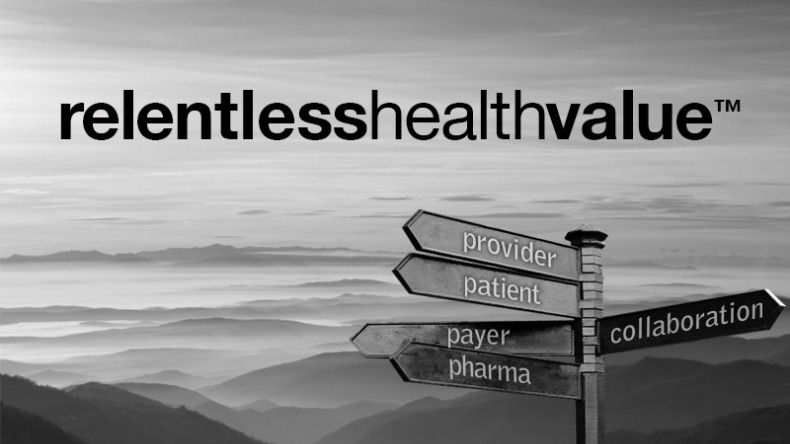2022 Star Ratings Results: What Are Your Members Telling You?
- Jane Scott

- Oct 21, 2021
- 3 min read
Updated: Apr 3, 2024
Co-Authored by Jane Scott and Jennifer Beckett

Just over a week ago CMS released the 2022 Medicare Advantage Star Ratings results. Over two-thirds of MA-PD plans achieved an overall rating of 4 stars or more, which is a drastic increase over the prior couple of years, where only about half of MA-PD plans earned 4+ stars.
This upward shift happened in large part due CMS’ response to the COVID-19 public health emergency Star Ratings, including methodology changes, removal of the 3x weighted Health Outcomes Survey measures from the ratings calculations, and all contracts qualifying for disaster adjustments.
But a perfect storm is brewing for Star Ratings 2023. Nationwide disaster relief is not on the horizon, and previously announced Star Ratings changes will have a significant impact for plans. Most notable is the increase from 2x to 4x weight for CAHPS member experience measures and administrative operational measures, which makes up about 60% of the 2023 Star Ratings score composition by weight (35% for the CAHPS measures and 26% for the operational measures).
So, with less than 90 days left in 2021, what can plans do to improve their chances of 4 star performance in the 2023 Star Ratings?
The good news is that plans are sitting on a treasure trove of data that can provide a holistic view of their member experience. Your Medicare Advantage members are already telling you their pain points, and which areas need improvement!
Dig into the following data/areas:
Call logs: Call log categories tell a plan the reasons members call, what unfavorable experiences occur, potential barriers to care or access, and shape the information about a health plan population.
Grievances/Appeals case data and case outcomes: often may tell a plan where members may potentially have difficulty in understanding benefits and how to use them (especially important as plans enter AEP). As plans trend case data, it can outline a path for a “Member Experience Improvement Plan” that may not have been included in your original STARs workplan.
Other proxy CAHPS results, claims, pharmacy utilization, and any other member data “gold mines” (on both the Part C and Part D side).
Immediate Actions:
Are there members who have called the Customer Service line multiple times? Can we identify them and conduct proactive outreach to them and ensure their issues have been resolved?
Do we have members who received no preventive care in 2021? Can we assist to connect them with a PCP and get them scheduled for an appointment before the end of the year?
Are there members with high ED or hospital utilization? Assure they are engaged in care management, disease management, or other programs to help them manage their health or any barriers to care.
Do members with chronic conditions (asthma, diabetes, hypertension) have the medications they need to stay in control? Can we identify these members and their LIS level to potentially support their use of payment assistant programs or other areas that will help?
Going Further: As a plan employee or leader, ask yourself these questions
Are member materials clear and understandable?
Do members understand their benefits and how to use them, including outsourced benefits?
What access and availability concerns do our members have, and how can we address them?
Are we communicating with members in their preferred language? In their preferred modality (digital vs. telephonic vs. mail)?
Do member-facing teams understand the unique needs of different member segments (disabled, low-income, chronic conditions, etc.)?
These suggestions are just the first step towards an improved and cohesive member experience. Rebellis Group is here to help you with your STAR Ratings strategy for 2023 and beyond. ContactUs@rebellisgroup.com



Comments